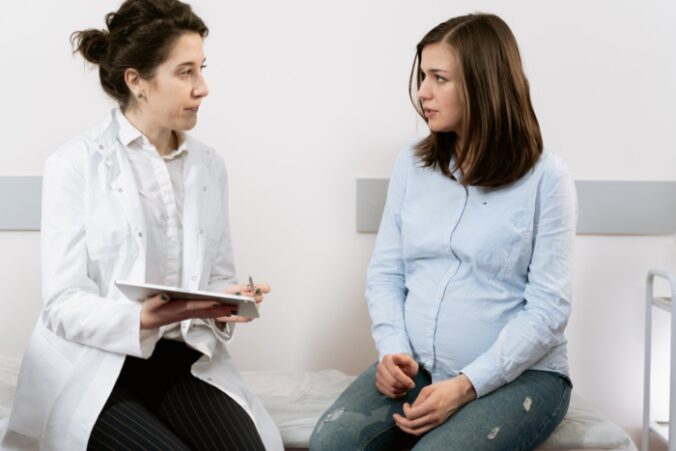How many women change their minds about having an abortion during the waiting time between asking for an abortion and receiving one? This question is especially relevant following the publication recently of the Abortion Law Review. It recommends abolishing the mandatory three-day waiting period. Another question; are women less likely to change their mind depending on which abortion provider they go to? The answer seems to be ‘yes’.
How do we calculate the percentage of women proceeding to an abortion?
The only official data available to the public, about women not proceeding with abortions in Ireland each year, is what can be deduced from the HSE payments to providers of early abortions.
In 2021, for example, there were 8,284 payments for first visits to abortion providers, but the number of abortions here in that year was 6,683, suggesting that 1,601 women in 2021 did not proceed with an abortion after the initial visit.
Some of these women might have miscarried or presented outside the 12-week limit making them ineligible for abortion. Allowing for this, it still seems reasonable to estimate that two-thirds of the 1,600, or about 1,050 women, did in fact change their minds about having an abortion in 2021. (See my estimate here).
This begs the question; why do far fewer women who go to the IFPA for abortions change their minds compared with the average?
The IFPA data for 2021
In 2021, according to the IFPA
- 484 clients presented for an initial abortion consultation
- 12 of these did not return and 11 others proceeded with the pregnancy
- 25 others were outside the 12-week gestational limit
In summary, therefore, 436 of the initial 484 clients proceeded with an abortion through IFPA in 2021, and 48 (= 12 + 11 + 25) did not. That is, 9.9% of these women did not proceed with an abortion. Some of them (25) were ineligible because of the 12-week limit, and some of the 23 others may have had a miscarriage, but many of them likely just changed their minds.
Comparing IFPA abortion data with all other abortion providers 2021
The Table below separates the IFPA data for 2021 from the data of the other abortion providers.
| Initial consultations | Not proceeding with abortion (for whatever reason) | Percentage not proceeding | |
| IFPA | 484 | 48 | 9.9% |
| All other providers | 7800 | 1553 | 19.9% |
This Table shows that the percentage of initial consultations, not ending in abortion in 2021, was nearly 10% for IFPA clients, but nearly 20% for all other providers.
Discussion
The percentage of IFPA clients not opting for abortion, at 10%, is only half the corresponding percentage for all other providers combined. That is an enormous difference. Is it explained by the pre-abortion counselling procedures being adopted by the IFPA? Or is there some other explanation? Either way, it would be good to know.
The IFPA does not stand alone in having a very low percentage of women changing their mind about having an abortion. The recent Abortion Review Report quotes a figure of just 2% from the 2019 Southern Taskforce on Abortion and Reproductive Topics (START) study, for example. Further analysis of the START study report reveals that the true figure was 5.7%, when we also include (as we must, if we are to make comparisons with the national data) the percentages who had miscarriages and the percentage who were outside the 12-week limit. That 5.7% from the START 2019 study is well below even the IFPA figure of 10% for 2021.
There is wide variation among abortion providers, in short. The Department of Health and HSE, between them, must have all the data needed to compare all the different abortion providers – four full years of abortion and payment data are now available to them. It would be easy for them to find out.
As with so much else in our abortion regime, however, there appears to be no political appetite for investigating this matter. Nearly all the information we have to date about abortion has been obtained from the Minister for Health via parliamentary questions. The Minister has volunteered hardly any information at all.
It would be wildly optimistic, therefore, to expect this minister to investigate just how much the abortion percentages vary across providers.
Another parliamentary question, perhaps, to compel him to investigate? Because the answer to this question is extremely important.
References
Advice of doctors may have a big effect on abortion numbers | The Iona Institute
Could miscarriage explain the uncompleted abortions each year in our official abortion data? – Gript
















